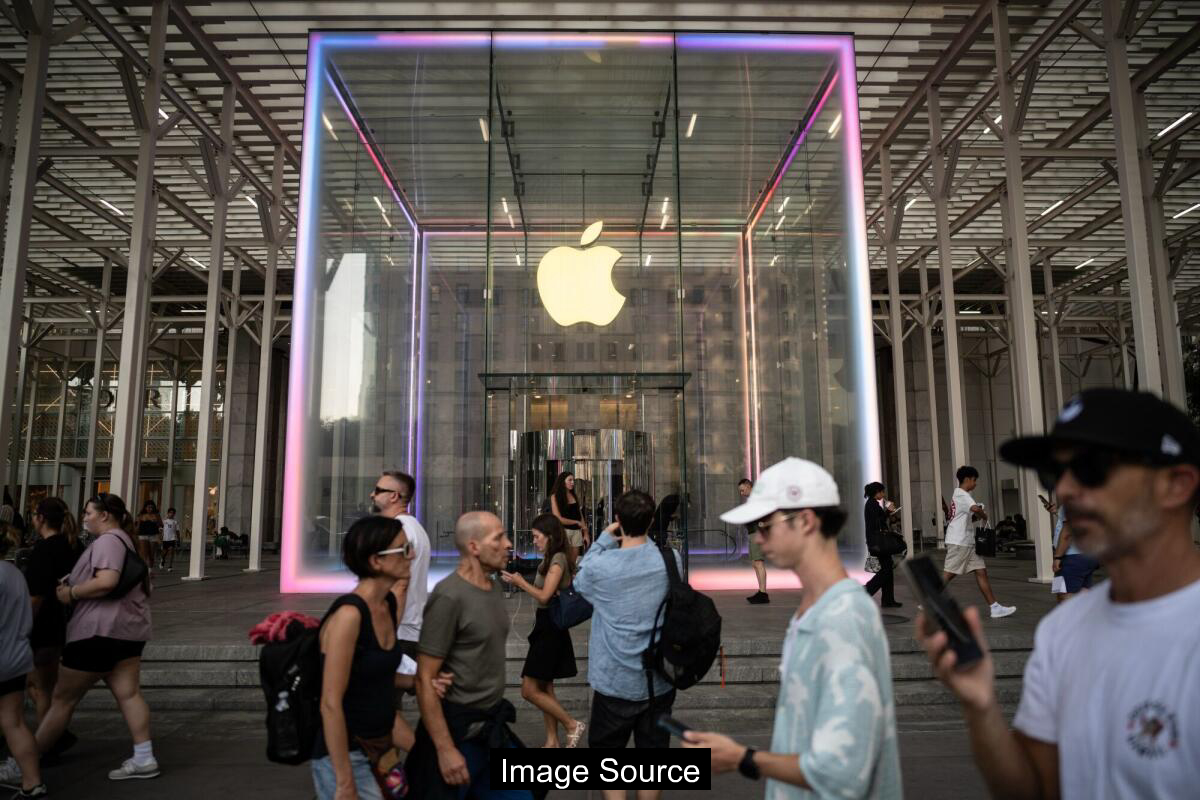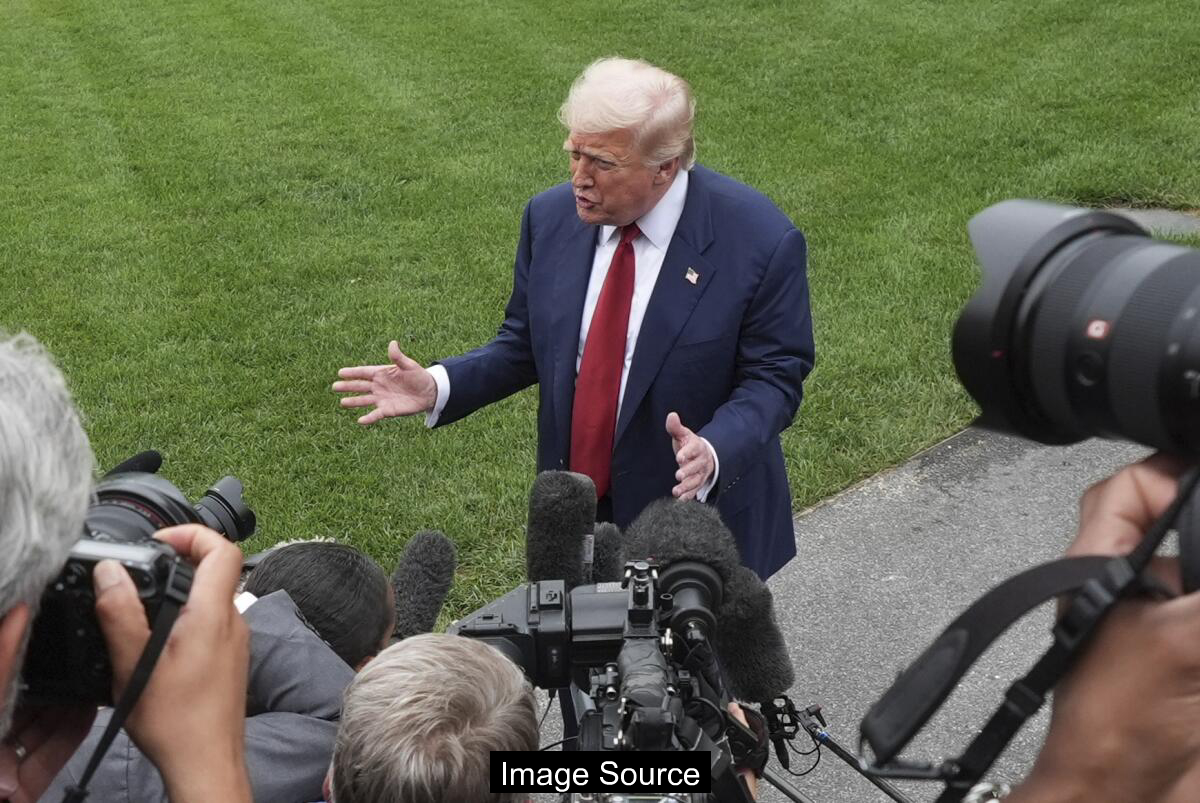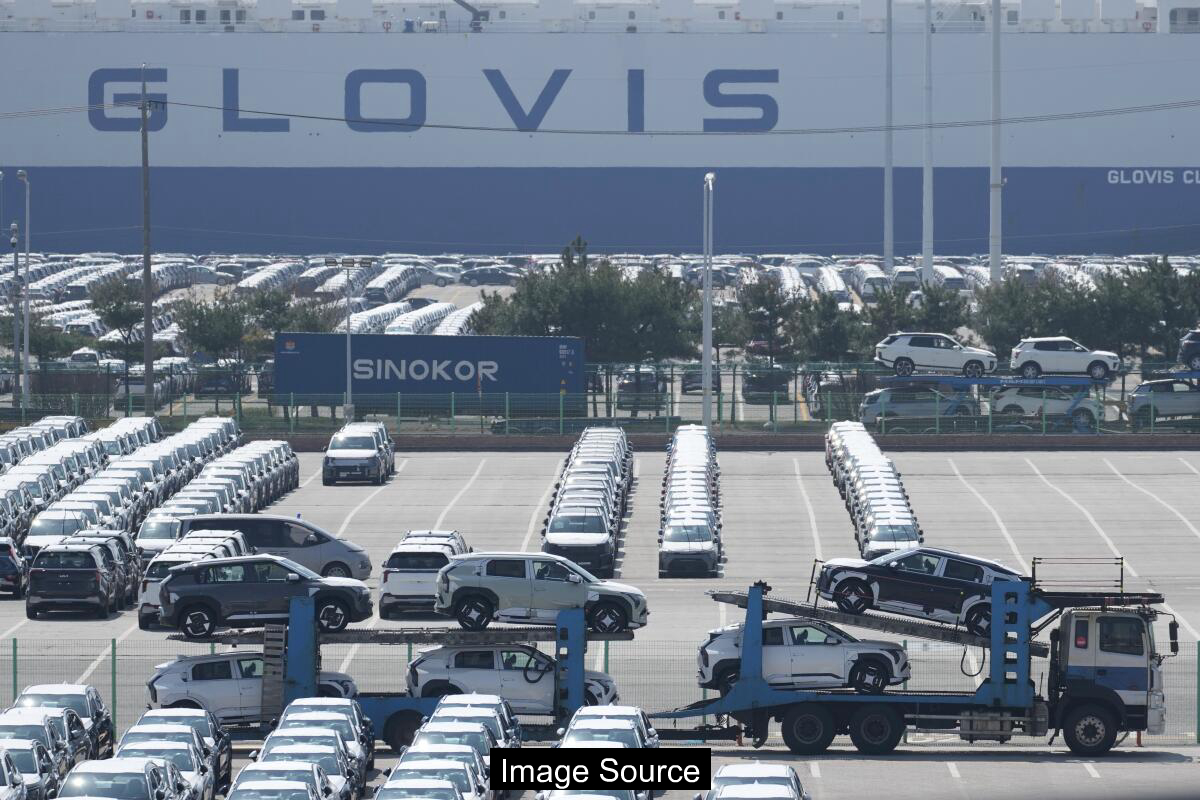Tesla’s board of directors has approved a massive compensation plan for CEO Elon Musk, valued at approximately $29 billion, despite ongoing legal challenges from shareholders questioning the package’s […]
Dow Surges 585 Points, Recovering Most of Friday’s Market Losses
U.S. stock markets rebounded sharply on Monday, with the Dow Jones Industrial Average staging a significant recovery after last week’s steep decline. The index jumped 585 points, recouping […]
Apple iPhone Sales Surge, Boosted by Strong China Market
Apple reported robust quarterly earnings driven by strong iPhone sales, with particular momentum in the Chinese market. The technology giant saw significant growth in smartphone shipments, reversing previous […]
Trump Escalates Trade Tensions, Ousts Official After Disappointing Jobs Data
President Donald Trump intensified his economic confrontation with China by announcing new tariffs and dismissing a senior trade advisor in the wake of weaker-than-expected employment figures. The latest […]
Hollywood Crews Worry AI Will Reshape Film Production and Their Future
As artificial intelligence technologies rapidly advance, film industry workers are increasingly concerned about potential job disruptions and fundamental changes to traditional production methods. The ongoing Writers Guild of […]
Lithium Mine Threatens Rare Desert Flower’s Survival in Conservation Dilemma
A proposed lithium mining project in Nevada’s desert ecosystem has sparked intense debate over environmental preservation and renewable energy development. The planned extraction site overlaps critical habitat for […]
US Economy Shows Promise, but Warning Signs Emerge in Q2
Recent economic indicators suggest the United States is experiencing moderate growth, with robust job markets and steady consumer spending. However, rising inflation concerns and potential Federal Reserve interest […]
US and South Korea Seal New Trade Deal, Boosting Economic Ties
The United States and South Korea have finalized a comprehensive trade agreement aimed at strengthening bilateral economic cooperation. The deal, which covers multiple sectors including technology and manufacturing, […]
“Apple Opens Manufacturing Academy in Detroit Amid Push for U.S. Production”
Absolutely! Here’s a heartfelt and engaging introduction for the given title, within 300 characters, with a mix of and tags: In a move that could reshape the future […]
U.S. Millionaires Grow in Number, Revealing More Modest Realities Than Expected
Recent economic data indicates a steady increase in the number of millionaires across the United States, with wealth distribution showing more nuanced patterns than traditional narratives suggest. The […]









